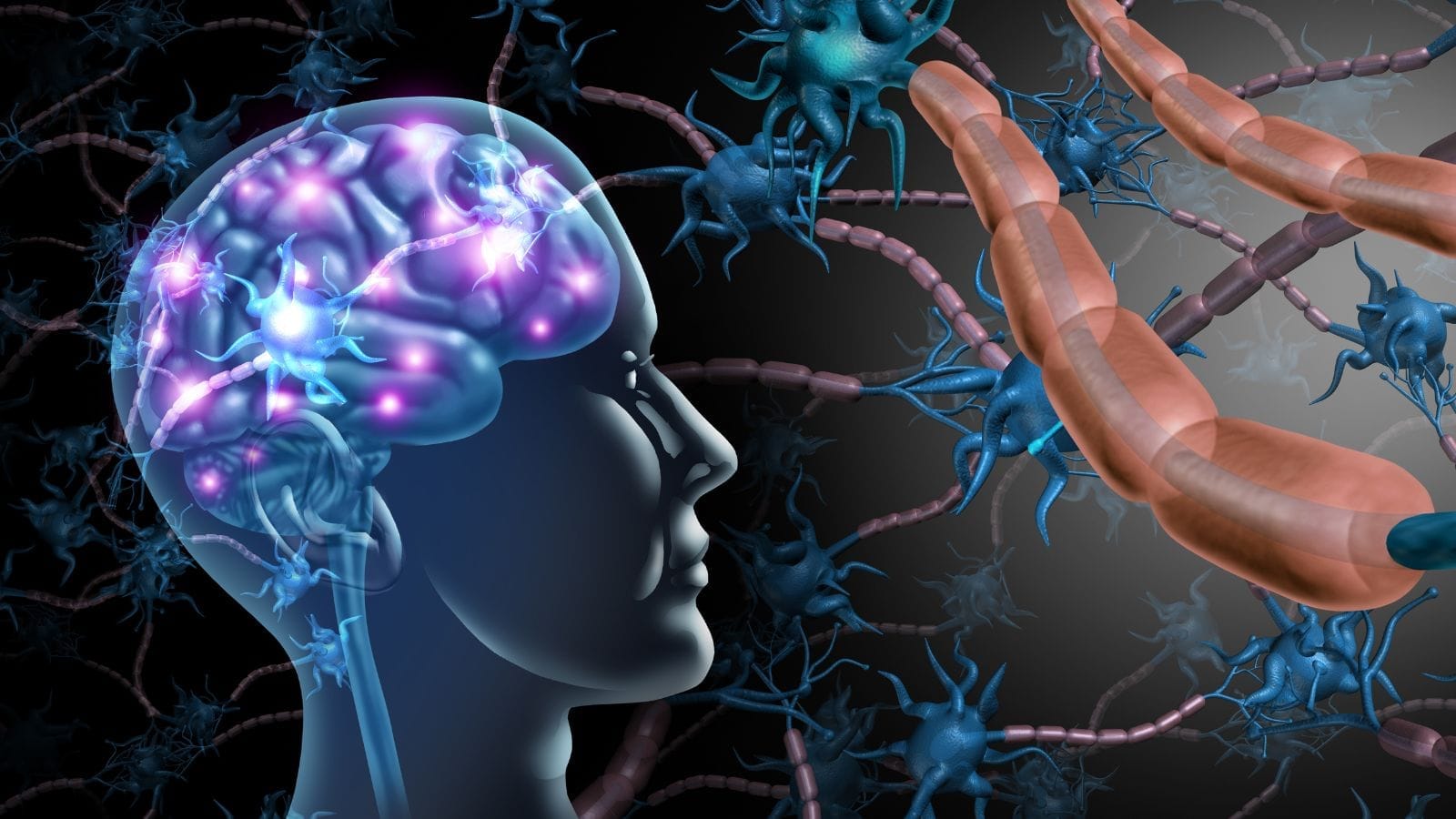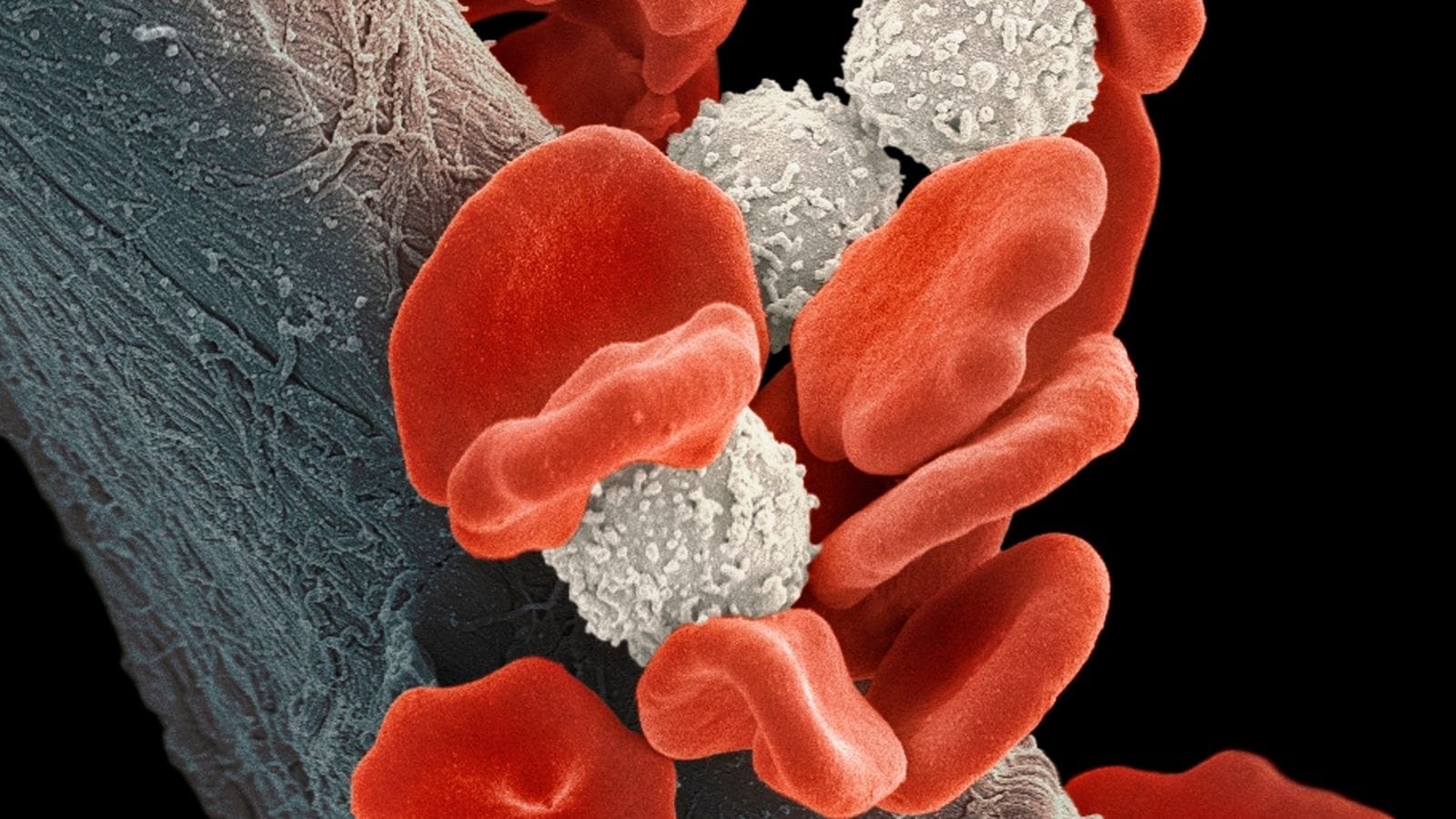Goitrogenic foods are substances that can interfere with thyroid hormone production by inhibiting iodine uptake. Common sources include cruciferous vegetables such as cabbage, broccoli, and Brussels sprouts, especially when consumed raw in large quantities.
Cooking reduces the goitrogenic effect of these foods, making them safer for individuals with thyroid disorders. Steaming or boiling significantly lowers the active compounds, allowing patients to benefit from their nutritional value without adverse effects.
Soy products also contain goitrogenic compounds. Excessive intake may interfere with thyroid hormone replacement therapy, particularly in hypothyroid patients. Proper timing of medication and soy consumption reduces potential risks.
While moderate consumption is generally safe, patients with iodine deficiency or existing thyroid dysfunction should be cautious. Endocrinologist-guided dietary planning ensures balanced nutrition without impairing thyroid health.
| Definition | Goitrogenic foods are foods that can inhibit iodine uptake in the thyroid gland, suppress thyroid hormone production, and potentially lead to the development of goiter. |
| Mechanism of Action | These foods can negatively affect thyroid function by reducing iodine absorption, which is crucial for thyroid hormone synthesis, or by inhibiting thyroid enzymes. |
| Goitrogenic Foods | Cruciferous vegetables (Brassica family): Broccoli, cauliflower, cabbage, Brussels sprouts, turnip, radish, mustard greens. Soy Products: Soybeans, soy milk, soy protein. Other Foods: Sweet potato, peanuts, flaxseed, millet, spinach, strawberries, pears, peaches. |
| Risk Group | Individuals with iodine deficiency, hypothyroidism patients, Hashimoto’s thyroiditis patients. |
| Consumption Recommendations | Cooking can reduce goitrogenic effects. If iodine intake is sufficient, these foods are usually not harmful to thyroid health. Balanced consumption is recommended. |
| Relation to Goiter and Hypothyroidism | Excessive intake of goitrogenic foods, especially in those with iodine deficiency, can increase the risk of goiter and hypothyroidism. However, with normal and balanced consumption, serious issues are uncommon. |
Which Vegetables Are Considered Goitrogenic Foods?
When we talk about goitrogenic foods, cruciferous vegetables (the brassica family), also known as the cabbage family, are among the first that come to mind. Cabbage, broccoli, cauliflower, Brussels sprouts, kale, and Swiss chard are prominent members. These vegetables are rich in sulfur-containing compounds called glucosinolates. Just like peeling back the layers of a cabbage leaf, breaking down these compounds can release substances with goitrogenic effects.
When glucosinolates are broken down in the body with the help of certain enzymes (such as myrosinase), they can turn into isothiocyanates or other active compounds that can interfere with thyroid hormone production. This effect is especially noticeable in individuals with inadequate iodine intake or already weakened thyroid function. However, these vegetables are not only “negative” foods. On the contrary, their high content of vitamins, minerals, and fiber can benefit cardiovascular health and digestion.
Not all vegetables have the same level of goitrogenic effect. For example, Brussels sprouts are considered to have a higher goitrogenic potential than some other cruciferous vegetables, according to certain studies. Cauliflower and broccoli tend to have a relatively lower effect. In Turkish cuisine, white cabbage and black cabbage are common, served as pickles or cooked. Cooking or pickling can significantly reduce the goitrogenic compounds in these vegetables, lessening their potential impact on the thyroid. Therefore, with proper preparation and cooking, the cabbage family can be a very healthy source.
Are Sweet Potatoes and Other Starchy Plants Goitrogenic Foods?
Although not as commonly mentioned as cruciferous vegetables, sweet potatoes can also have goitrogenic effects. Sweet potatoes are mostly known for their high beta-carotene content, which supports eye and skin health. However, they also contain compounds called cyanogenic glycosides. These substances can be converted into thiocyanate during metabolism, which can reduce iodine uptake in thyroid tissue. Similar effects are observed in starchy plants like cassava and sorghum.
Cassava, especially consumed in Africa and South America, can increase the incidence of goiter if consumed in large amounts with inadequate iodine intake. While sweet potatoes are considered goitrogenic for similar reasons, factors such as cooking method and a person’s iodine intake can change the degree of effect. For instance, boiling or baking for an extended period can break down some of these compounds and lessen the potential impact on the thyroid.
Nevertheless, sweet potatoes are valuable for their fiber, vitamin A (beta-carotene), vitamin C, and potassium content. Their vibrant orange color is a sign of this “natural colorful treasure.” With the right balance, it’s possible to protect thyroid health while enjoying their nutritional benefits. Alternating with other starchy vegetables can also reduce the risk of excessive intake from a single source.
What Role Do Soy-Based Foods Play in the List of Goitrogenic Foods?
Soy is a legume that has gained popularity worldwide, appearing in various forms such as tofu, soy milk, edamame, and tempeh. Soy products are rich in plant protein and contain isoflavones, which are suggested to support bone health. However, these beneficial compounds can also have “goitrogenic” effects.
Soy isoflavones may inhibit the enzyme “thyroid peroxidase” (TPO), which is essential for thyroid hormone synthesis. This becomes especially important when iodine intake is insufficient or thyroid hormone levels are already low. To use a metaphor, soy isoflavones are like guests who momentarily distract the factory workers producing thyroid hormones, slowing down production. If the factory (thyroid gland) is already low on raw material, this slowdown becomes more significant.
That said, the benefits of soy products cannot be ignored. They offer high nutritional value, possible protection against certain cancers, and heart health support. Studies show that when iodine levels are sufficient, the risk associated with soy consumption is greatly reduced. In summary, a balanced “game plan” can maximize soy’s positives, but people at risk should be more cautious.
Can Cooking Reduce the Goitrogenic Effects of Certain Foods?
Cooking can break down or eliminate many goitrogenic compounds. Just as some vitamins decrease at certain temperatures, goitrogenic substances may undergo structural changes at high heat. For example, boiling can allow water-soluble compounds to leach out, reducing their content in the food. When cruciferous vegetables like broccoli or cabbage are boiled, their goitrogenic glucosinolates leach into the water, and their amount is reduced.
Not all cooking methods have the same effect. Steaming is better for preserving nutrients but may not remove as many goitrogenic compounds as boiling. Nonetheless, cooking generally reduces the potential pressure on the thyroid. Extended boiling can lead to the loss of beneficial vitamins and minerals, so moderate heat and duration are advisable.
Fermentation is another important method. For example, during the fermentation of cabbage into sauerkraut, enzymes and microorganisms help reduce goitrogenic compounds. Similarly, soy products such as tempeh or miso also benefit from fermentation. No method eliminates goitrogenic effects completely, but most can reduce them significantly, making these foods safer for the thyroid. It’s important to know which method suits each food and to use different cooking techniques in rotation.
How Do Goitrogenic Foods Affect Thyroid Hormone Synthesis?
The thyroid gland, a small but vital organ in the front of the neck, orchestrates many processes in the body from metabolic rate to growth. One of its main helpers is iodine. Compounds in goitrogenic foods can hinder the use of iodine in the gland.
The primary mechanism is the blockage of the “sodium-iodide symporter,” a carrier system that brings iodine into thyroid cells. Cyanogenic glycosides or isothiocyanates can compete with iodine for entry into the thyroid, resulting in less raw material for hormone synthesis. Another mechanism is the direct inhibition of enzymes necessary for hormone production, such as the inactivation of thyroid peroxidase by soy isoflavones.
If these processes are continuous, they can disrupt the body’s hormone production—especially in those who already have low iodine intake or impaired thyroid function. Like a car with a limited fuel tank, if the fuel (iodine) is low and there are mechanical issues (thyroid problems), the car (body) won’t run smoothly. Goitrogenic compounds are one of those hurdles. So, a normally smooth system may be disrupted when there are risk factors present.
What Are the Potential Risks of Consuming Goitrogenic Foods?
The most well-known risk of goitrogenic foods is their potential to suppress thyroid function and contribute to goiter (enlargement of the thyroid gland). Goiter is the body’s way of enlarging the thyroid to compensate for low hormone production, sometimes resulting in a visible swelling in the neck. Hormone deficiency may also cause symptoms like fatigue, weight gain, dry skin, hair loss, and feeling cold.
Still, it’s unlikely that goitrogenic foods alone will cause serious disease, as the body tries to maintain thyroid hormone production through various mechanisms. However, in areas or individuals with iodine deficiency, high intake of goitrogenic foods may overwhelm the gland’s ability to compensate. The risk is also higher in those with autoimmune thyroid conditions such as Hashimoto’s thyroiditis. Chronic, high intake in these individuals may further disrupt already delicate thyroid balance.
In addition to systemic symptoms, a range of problems from dry mouth to forgetfulness may occur due to thyroid hormone imbalances—demonstrating how a “small gland” plays a big role in overall body function. That said, there’s no need to fear every plate of vegetables; with adequate iodine and balanced portions, most people can keep these risks low.
Are There Benefits to Including Goitrogenic Foods in Your Diet?
Goitrogenic foods are often known for their “harmful” aspects, but when consumed in moderation, they offer many benefits. Cruciferous vegetables like cabbage, broccoli, and cauliflower are rich in vitamin C, vitamin K, potassium, and fiber. They contain antioxidants that fight cell damage and support digestive health. Some studies suggest that sulfur compounds in these vegetables may prevent or slow the formation of cancer cells.
Likewise, soy products are a high-quality source of plant protein, especially valuable for those who don’t eat meat. There is evidence that soy isoflavones support heart health and bone density. Sweet potatoes contain important antioxidants like beta-carotene and are known for their immune-boosting properties.
Additionally, goitrogenic foods are typically low in calories and rich in nutrients, making them a good choice for weight management and metabolic health. The key is to follow the philosophy that “too much of anything is harmful.” The “bad reputation” of these foods only becomes a concern with excessive, unbalanced consumption. Proper cooking, sufficient iodine intake, and moderate consumption ensure you get their benefits while limiting potential risks.
How Can You Balance Iodine Intake While Eating Goitrogenic Foods?
The key to thyroid health is sufficient and balanced iodine intake. The best way to minimize the effects of goitrogenic foods is to increase dietary iodine. Iodine-rich foods include seafood (fish, shrimp, mussels), seaweed, iodized salt, dairy products, and eggs. If you consume a lot of goitrogenic vegetables, make sure to also get enough of these foods for balance.
Sometimes, just cooking isn’t enough to reduce the goitrogenic effect. In regions or diets where goitrogenic foods are prominent and iodine deficiency is common, thyroid health may be at risk. In these cases, using iodized salt is often recommended—while also being mindful to avoid excessive salt intake. Environmental factors such as smoking or contaminated drinking water can also contain goitrogenic substances and should be considered. Small dietary changes, such as adding fish once a day or occasionally consuming seaweed, can help meet iodine needs and maintain harmony with goitrogenic foods.
What Precautions Should People with Thyroid Problems Take Regarding Goitrogenic Foods?
In people with thyroid disorders, the potential effect of goitrogenic foods may be greater. Since the thyroid is already working with limited capacity, additional strain from goitrogens may worsen the situation. However, this does not mean that these foods must be completely avoided, as doing so could mean missing out on other important nutrients. The main point is to watch the frequency and method of consumption.
Those with thyroid conditions who want to eat a diet rich in cruciferous vegetables usually prefer to cook or steam them. The same logic applies to soy products—processed or fermented forms (such as tempeh or miso) tend to have less goitrogenic content. Rotating foods in the diet helps prevent overexposure to a single item.
It’s also important to get support from other food groups. Balancing iodine-rich foods with those with goitrogenic potential helps protect thyroid health overall. Just as you wouldn’t let the drummer dominate the whole orchestra, the body needs a variety of foods. Instead of focusing on a single food daily, create a more diverse plate to give your thyroid a “break.” Goitrogenic vegetables can be strong and beneficial instruments in this orchestra—what matters is finding the right rhythm.

Girişimsel Radyoloji ve Nöroradyoloji Uzmanı Prof. Dr. Özgür Kılıçkesmez, 1997 yılında Cerrahpaşa Tıp Fakültesi’nden mezun oldu. Uzmanlık eğitimini İstanbul Eğitim ve Araştırma Hastanesi’nde tamamladı. Londra’da girişimsel radyoloji ve onkoloji alanında eğitim aldı. İstanbul Çam ve Sakura Şehir Hastanesi’nde girişimsel radyoloji bölümünü kurdu ve 2020 yılında profesör oldu. Çok sayıda uluslararası ödül ve sertifikaya sahip olan Kılıçkesmez’in 150’den fazla bilimsel yayını bulunmakta ve 1500’den fazla atıf almıştır. Halen Medicana Ataköy Hastanesi’nde görev yapmaktadır.









Vaka Örnekleri